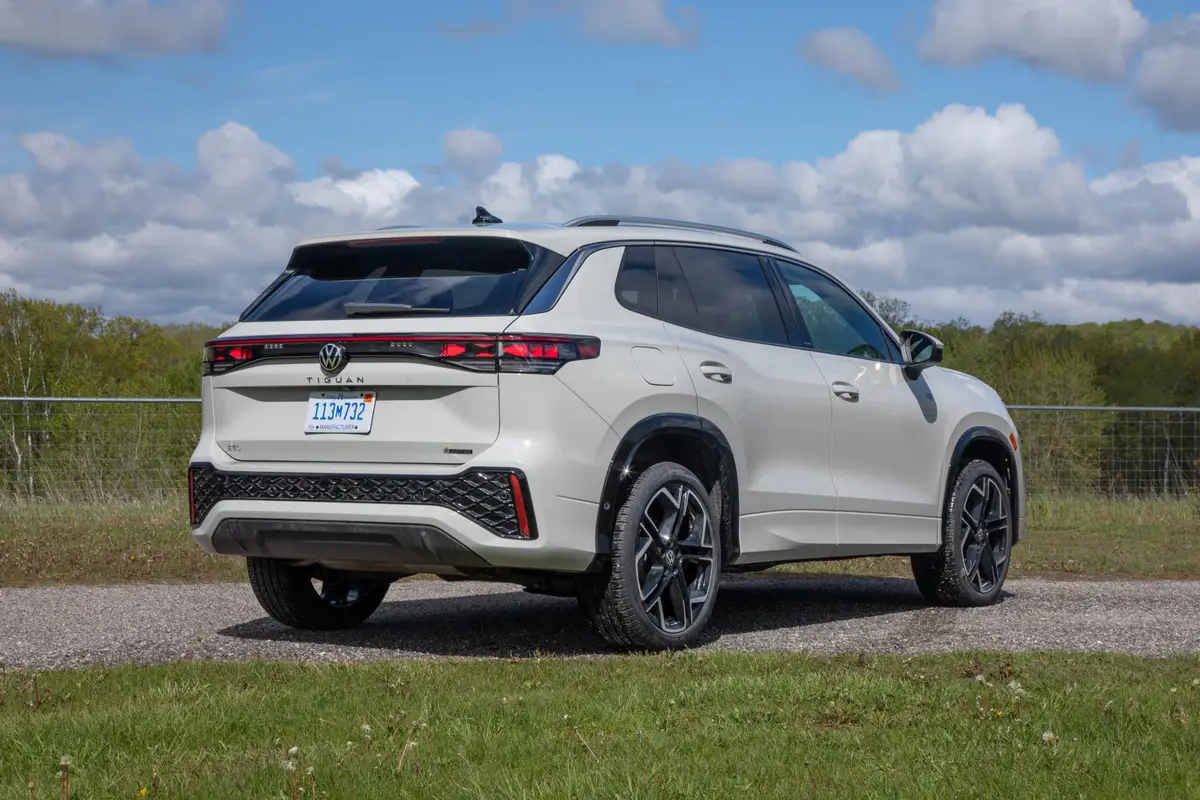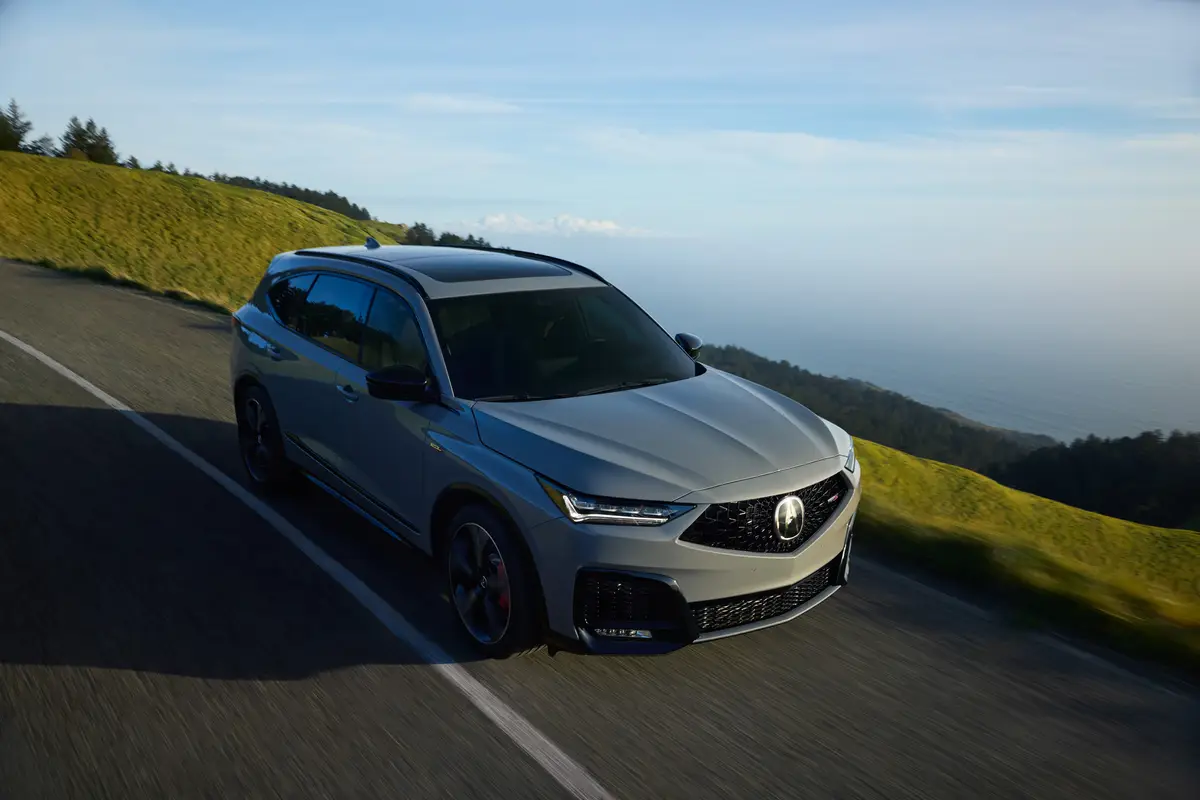Orlando Sentinel's view
The 1990 Ford Thunderbird Super Coupe confirms something I have suspected for some time: Led by Ford, U.S. carmakers are now making cars as good or better than anything from Japan, Germany, Britain or anywhere else.
No one will deny that Detroit has tried to pawn off junk on American car buyers in recent years. But the business has changed. The simple reality of the automobile business in 1990 is that competition is so tough and there are so many good cars out there that anything short of excellence hasn’t got a chance.
And excellent – in every way – is the best way to describe the supercharged Thunderbird Super Coupe. While not all U.S. cars are of world-class quality, the 1990 Thunderbird Super Coupe shows that the sleeping giant that is the American car industry has finally awakened.
Let’s start with the price. An Orlando-area Ford dealer says the average sales price of the 1990 Super Coupe is about $19,500. For that price you get a vehicle that it loaded with everything you’d find in a car that costs $10,000 more: anti-lock brakes, leather seats, AM/FM radio with cassette and CD player, power seats and mirrors, air conditioning, power door locks, speed sensitive power steering. The list goes on.
The Thunderbird Super Coupe is put together tightly, and it shows more attention to detail than I’ve seen in an American car in a long time.
The rear view mirror darkens automatically at night when a car approaches behind you. Wind noise is nearly absent. The air-conditioning system is silent, efficient, easy to operate and doesn’t take much power away from the engine. The gauges are thoughtfully laid out, easy to read and unobscured by the steering wheel. At night, the needles light up. Lift the door handles and the key holes also light up.
But, of course, the best part of the Super Coupe is the 3.8-liter, supercharged, intercooled V-6 engine. When driven with a light foot it is as smooth as a kitten’s paw. When drivenwith a heavy foot, the 215-horsepower engine growls like a lion and motivates the 3,542-pound T-Bird from 0-60 mph in just 7.4 seconds. Ford got the exhaust note just right. It’s quiet until you hammer it. Then, if you listen carefully, you can hear some serious music from the dual exhausts. And there are few automotive sounds as sweet as a supercharger winding up.
The test car came equipped with a four-speed automatic overdrive transmission. I discovered the car is happier when the transmission is left in the ”D” position for in-town driving. This keeps it from shifting into overdrive. It was much more responsive in city traffic in third gear. On the highway in overdrive, the engine spins at only about 1,800 rpm at 65 mph.
Styling is another area that is nothing short of excellent on the Super Coupe. Visibility is close to perfect through the big windshield and large rear window. The trunk area is nicely designed. The trunk lid extends to the bumper, so when you o pen it, loading and unloading are not back-breaking affairs.
Another neat feature are the split fold-down rear seats. They fold forward, hatchback style, to allow long objects like skis, to be carried in the car. The front end design brings the words aerodynamic, smooth and functional to mind. The fog lights, which are standard, are mounted in the front spoiler and the headlights are flush with the body work.
The rear passenger area sports plenty of leg room, and several long-legged passengers said the seat was comfortable. The fit and finish are also first-class. There are no rattles, shakes, leaks or squeaks.
Dressed in red with silver alloy wheels, the test car turned heads wherever I drove it. Example: I was greeted at the Altamonte Mall by a Camaro IROC Z driver who demanded to look at the Thunderbird’s interior. I can’t remember the last time an American car generated that kind of reaction.
The Super Coupe is one of those cars that doesn’t just look fast – its muscle and handling match its mean looks.
The Super Coupe has 16-inch wheels, four-wheel independent suspension and disc brakes at every corner. Also standard is a computerized suspension system that Ford says offers a stiffer, sports car ride or a less harsh ride, depending on the driver’s preference, but I didn’t feel much difference in either mode because the ride and handling were too close to perfect.
Ford spent a lot of time getting the handling tuned to near perfection. During the time I drove the Super Coupe, I tossed it hard into corners, accelerated like a rocket over bumps and took curves like Danny Sullivan. Not once did I hear the tires squeal or detect any undue body pitch or roll.
Gas mileage was poor, but I have to take at least some of the blame for that. The car consumed unleaded premium at the rate of between 17 to 19 miles per gallon. That’s not good for a six-cylinder car, but then my right foot took on a mysterious lead-like demeanor every time I slid behind the wheel. It was too hard not to drive the car without using the supercharger. It was too much fun muscling past Toyotas, Mazdas and BMWs.
In the Environmental Protection Agency’s annual gas mileage ratings, the Super Coupe averaged 19 mpg in combined city-highway driving. The car averaged 17 mpg in the city and 23 on the highway.
It’s when you compare the Super Coupe to its competition, that you realize what a winner Ford has created. The T-Bird blows the doors off the Audi Coupe Quattro for about $11,000 less; dispenses with all BMWs except the $68,000 750iL and the $34,000 M3; is faster than all Mercedes-Benz models except the $82,000 500SL and less expensive than Pontiac’s slightly faster front-wheel-drive Grand Prix Turbo.
Here’s the bottom line: For the money, the 1990 Thunderbird Super Coupe is the best buy on the market if you are looking for a fast, two-door sports coupe. Nothing foreign made even comes close.
It’s nice to know the United States still has what it takes to build the best.
Latest news



